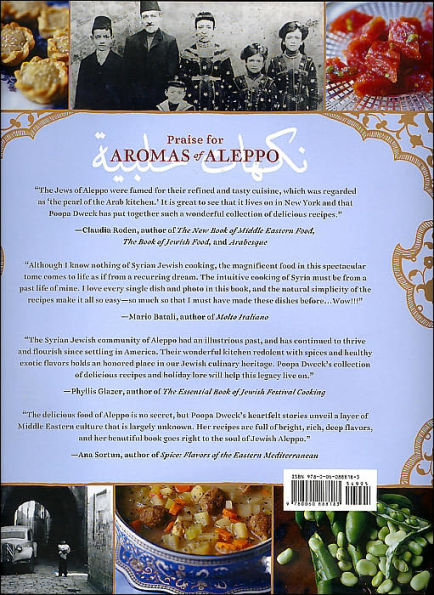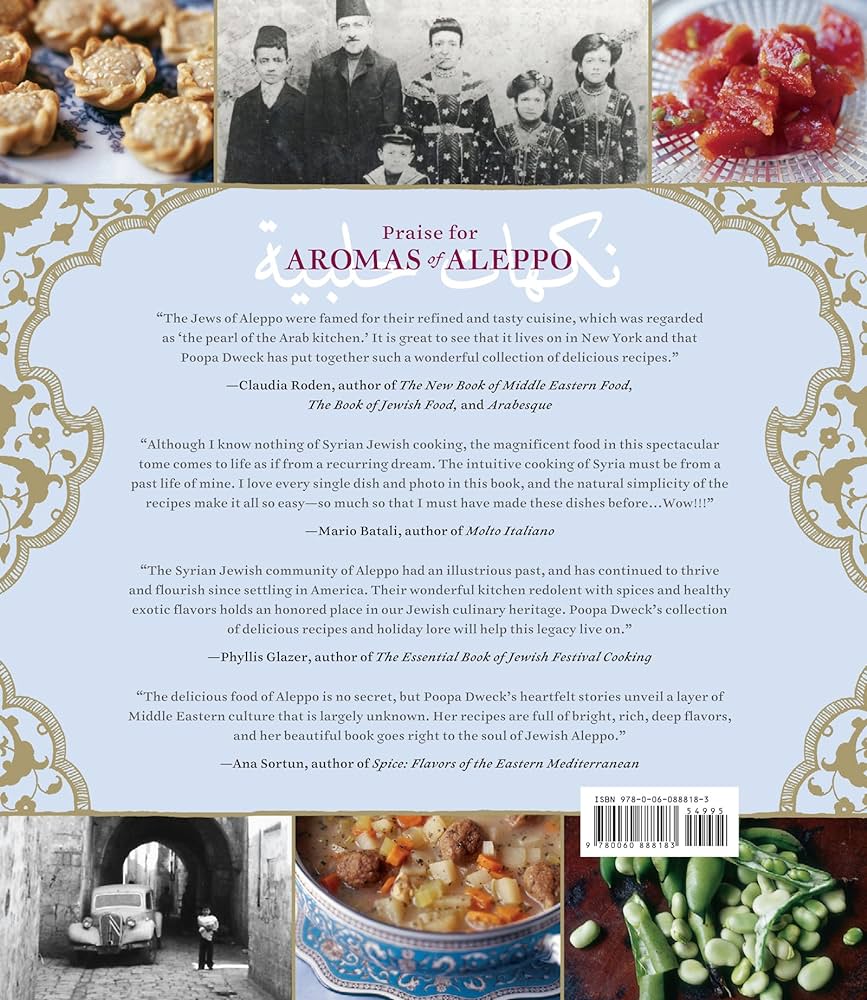Essential spices in Arabian cooking include cumin, cardamom, saffron, and sumac. These spices create the region’s distinctive flavors.
Embarking on a culinary journey through Arabian cuisine reveals a world where spices play a pivotal role, both in tradition and taste. Cumin’s earthy warmth, cardamom’s fragrant punch, saffron’s luxurious undertones, and sumac’s tangy zest combine to form the backbone of many Arabian dishes.
These spices, integral to the culinary landscape, are used generously to season meats, rice, and even sweets, offering a gustatory experience that is as rich as it is varied. The carefully balanced use of these spices not only provides depth and complexity to each dish but also speaks of the history and culture of the Arabian Peninsula. The selection of these foundational seasonings is just the beginning of understanding the intricate art of Arabian cooking.
The Spice Trail To Arabian Cuisine
Welcome to the enchanting world of Arabian cuisine, where every dish tells a story of ancient trade routes, rich culture, and culinary arts. Embark on a journey along The Spice Trail to Arabian Cuisine and discover how pivotal spices are to the traditional flavors that define this region’s palate.
Historical Infusion Of Spice Trade
The Arabian Peninsula has been a pivotal crossroad for spice traders throughout history. Bold adventurers traversed deserts and seas to transport precious spices from the Far East to Europe, passing through the heart of Arabia. This trade imbued Arabian cuisine with aromatic treasures like saffron, cinnamon, and cardamom. These exotic spices left a lasting legacy that continues to influence dishes today.
| Spice | Origin | Impact on Arabian Cuisine |
|---|---|---|
| Black Pepper | India | Revolutionized meat dishes and stews. |
| Cumin | Egypt | Essential in spice blends and savory pastries. |
| Cinnamon | Sri Lanka | Infused sweetness and warmth into desserts. |
Cultural Significance Of Spices
More than just flavor enhancers, spices in Arabian culture symbolize hospitality and generosity. An abundance of spices in a meal signifies wealth and status. Family recipes pass down through generations, with each dish preserving a piece of cultural identity. Here’s a glance at some signature spices and their meanings:
- Cardamom signifies wealth in Arabian societies.
- Saffron, the most prized spice, shows honor to guests.
- Nutmeg is used in special feasts and celebrations.
Together, these spices create a tapestry of flavors that are unique to Arabian cuisine. Their cultural significance elevates the culinary experience to something truly special. Each dish is a celebration, an invitation to taste the richness of Arabian heritage.

Credit: www.reddit.com
Cardamom: The Queen Of Spices
Cardamom reigns supreme in the realm of Arabian spices, enchanting dishes with its aromatic and complex flavor. This spice is a beloved jewel in kitchens throughout the Middle East, used to create both sweet and savory culinary masterpieces. Its versatility and unique taste leave a memorable impact on anyone who experiences it.
Influence In Arabian Sweets
Cardamom’s aromatic qualities make it indispensable in Arabian confectioneries. This spice infuses desserts with a warm, slightly sweet, and floral flavor. From classic baklava to delightful mamool, cardamom elevates the taste, creating an indulgent experience.
- Baklava: Layers of sweet pastry and nuts, kissed with cardamom essence
- Mamool: Tender cookies filled with dates, perfumed with cardamom
- Rice Pudding: A creamy treat, subtly spiced with cardamom
Cardamom In Savory Dishes
In savory recipes, cardamom’s unique properties enhance flavors. It’s integral in many spice blends, including the famous Baharat. Cardamom imparts a nuanced taste to meats, stews, and rice, balancing other bold spices.
| Dish | Role of Cardamom |
|---|---|
| Kabsa | Gives warmth and depth to this mixed rice dish |
| Machboos | Cardamom pods infuse their flavor into this aromatic staple |
| Grilled meats | Adds a fragrant touch to marinades and rubs |
Whether used whole, ground, or as part of a blend, cardamom’s presence is unmistakable in the savory landscape of Arabian cuisine. Its ability to complement and uplift other ingredients is unparalleled.
Cumin’s Robust Presence
Cumin seeds burst with earthy warmth and a touch of citrus. This spice stands tall in Arabian cuisine. Its bold essence transforms simple ingredients. Cumin’s rich legacy dates back centuries. Today, it continues to be a star in the spice world.
Cumin In Traditional Dishes
Cumin is essential in Arabian kitchens. It brings to life the flavors in many cherished dishes.
- Shawarma: A sprinkle of cumin makes this street food unforgettable.
- Majboos: Cumin seeds offer depth to this spiced rice dish.
- Falafel: Ground cumin in falafel adds a distinctive taste.
Health Benefits Alongside Flavor
Cumin’s flavor is matched by its health perks. Here are key benefits:
| Benefit | Explanation |
|---|---|
| Digestive Support | Cumin aids digestion and may reduce food-borne illnesses. |
| Rich in Iron | It helps combat anemia with its high iron content. |
| Boosts Immunity | Antioxidants in cumin strengthen the immune system. |
Saffron: The Golden Thread
Saffron, renowned for its vibrant color and exquisite flavor, is a staple in Arabian cuisine. This precious spice, often called the golden thread, is integral to traditional dishes, creating a tapestry of taste that’s both rich and nuanced. Let’s unravel the mysteries of saffron and discover how it can transform your cooking.
Saffron’s Luxurious Aroma
The scent of saffron is truly unmatched, offering a complex bouquet of earthy, floral, and honeyed notes. As one of the most sought-after ingredients in the world, its aroma is a promise of an authentic culinary adventure. To experience the full range of its fragrance:
- Gently toast the threads to release their volatile oils.
- Steep the saffron in warm water or broth before adding to dishes.
- Combine with other spices like cardamom and cinnamon for heightened complexity.
Optimizing Saffron Usage In Cooking
Maximizing the impact of saffron in dishes requires finesse. For the most efficient use:
| Tip | Benefit |
|---|---|
| Use sparingly | Avoid overpowering other flavors. |
| Crush the threads | Release more dye and flavor. |
| Add at the right time | Enhance dishes without cooking off subtle notes. |
Remember, due to its intensity, a little goes a long way. By following these tips, you’ll give every dish that special saffron touch—a golden hue and a taste of luxury.
Sumac: A Tangy Twist
Sumac spices up Arabian cooking with its zesty lemon flavor. This deep red spice adds both color and a mouth-watering tang, making it a go-to for chefs and home cooks alike. Let’s explore the zing that sumac brings to the table.
Versatility In Meats And Salads
Sumac’s versatility shines when sprinkled on different dishes. It is perfect for:
- Meat Rubs: Enhances beef, chicken, and lamb with its sourness.
- Salad Dressings: Gives greens a lemony kick.
- Marinades: Tenderizes and infuses meats with zest.
This spice’s unique ability to complement both robust and delicate flavors makes it a staple in Arabian cuisine.
Sumac Beyond The Kitchen
While sumac shines in the kitchen, its uses stretch further.
- Medicinal: Used to soothe ailments.
- Dye: Crafts vibrant textiles.
- Decor: Adds warmth with its rich hue.
Sumac’s diverse applications highlight its significance in Arabian culture and heritage.
Blending Spices: The Creation Of Baharat
The art of Arabian cuisine is incomplete without the magic of blending spices. Among the palettes of flavors, Baharat, stands out. It is a cornerstone in Arabian cooking. This spice blend breathes life into dishes, providing depth and warmth. Now, let’s explore the creation of Baharat and see how it can add a special touch to everyday cooking.
Components Of The Baharat Blend
Every jar of Baharat is like a tour through a spice market. Baharat means “spices” in Arabic. Its composition may vary by region, but common ingredients often include:
- Black pepper for a sharp kick
- Coriander seeds adding a lemony hint
- Cumin for earthy notes
- Clove and cinnamon that bring a sweet warmth
- Cardamom for a strong, aromatic touch
- Paprika contributing a mild, sweet capsaicin flavor
- Nutmeg for a subtle woodiness
These ingredients are dry-roasted to enhance their flavors before being ground together, creating a harmonious blend that is essential in many Arabian dishes.
Integrating Baharat In Everyday Cooking
Introducing Baharat into your kitchen can transform simple ingredients into stunning meals. Here are ways to integrate Baharat into everyday recipes:
| Dish Type | How to Use Baharat |
|---|---|
| Meat Dishes | Marinate with Baharat for a rich, aromatic flavor |
| Vegetable Sides | Sprinkle Baharat for a warm, earthy taste |
| Soups | Add during cooking to infuse with deep spices |
| Rice Dishes | Mix in before steaming for a touch of Middle Eastern flair |
Whether it’s sprinkled, marinated, or infused, Baharat is a game changer. A little goes a long way, so start with small amounts and adjust to your preference.
Preserving Tradition Through Spices
Spices form the heart of Arabian cooking, weaving history and flavor into every dish. They carry tales of trade, family, and culture, preserving centuries-old customs. Aromatic and bold, these spices bring life to traditional recipes.
Family Recipes Passed Down
Kitchens across Arabia teem with inherited wisdom, kept alive through spoken word and shared tastes. Each family boasts a special blend, a secret that gives their dishes an edge.
- Cumin adds warmth
- Cardamom invites complexity
- Saffron weaves in luxury
These spices form a bridge to the past, allowing new generations to savor memories.
Modern Twists On Classic Flavors
Creative cooks today infuse modern flair into time-honored dishes. They experiment with spice levels to surprise and delight.
| Classic Spice | Modern Interpretation |
|---|---|
| Sumac | Added to avant-garde desserts |
| Za’atar | Sprinkled on unconventional pizzas |
This innovation keeps the cuisine vibrant and relevant. Yet, the essence of tradition remains untouched.

Credit: www.barnesandnoble.com

Credit: www.facebook.com
Frequently Asked Questions For Essential Spices In Arabian Cooking,
What Spices Are Used In Arabic Cooking?
Arabic cooking commonly includes cumin, coriander, cardamom, saffron, cinnamon, and sumac. Nutmeg, cloves, and black pepper also add traditional flavor.
What Ingredients Are Used In Arab Cuisine?
Arab cuisine commonly includes ingredients like chickpeas, lamb, rice, lentils, garlic, olives, dates, and nuts. Spices such as cumin, coriander, cinnamon, and saffron are also staples.
What Spices Are In Saudi Arabia Food?
Saudi Arabian cuisine commonly uses spices such as cumin, coriander, cardamom, saffron, cinnamon, black lime, cloves, and nutmeg.
What Are The Whole Arabic Spices?
Whole Arabic spices include cumin, coriander, cardamom, cinnamon, sumac, saffron, allspice, and nutmeg. They add depth to Middle Eastern cuisine.
Conclusion
Arabian cuisine is vibrant, its soul echoing in the aroma of its spices. Embracing these seasonings can elevate your cooking to new heights. Remember, cumin, cardamom, saffron, and sumac are just the beginning. Explore these essentials and let the rich flavors of the Middle East transform your culinary creations.
Bon appétit!

